Heat Recovery From Warm Wastewater Solution
Contents/ Mục Lục
1. Importance of Waste Heat Recovery from warm Wastewater
Currently, most wastewater is discharged into treatment plants without heat recovery, leading to a significant waste of energy. The heat contained in this wastewater can be utilized for various heating applications, such as domestic and industrial hot water systems, preheating feedwater for boilers, and recovering heat for production processes. This not only reduces electricity consumption and energy costs but also increases profitability for businesses. The following article explores the solution of waste heat recovery from wastewater using plate heat exchangers.
Hot wastewater discharged or treated in wastewater treatment plants is a byproduct of various industrial processes, including beverage and food processing, dairy production, slaughterhouses, chemical processing, and the paper industry. It is also commonly found in textile dyeing plants, laundries, and tanneries as part of their production processes, leading to substantial energy losses.

The role of wastewater heat recovery:
- Enhancing thermal efficiency in industrial production lines
- Reducing energy consumption and production costs
- Minimizing environmental pollution
2. Waste Heat Recovery Solution Using Heat Exchangers
Wastewater from industrial processes often contains various impurities such as particles and fibers. Therefore, heat exchangers used for heat recovery must be designed to handle these conditions, preventing clogging while maintaining efficient heat recovery. The Alfa Laval WideGap heat exchanger is the most suitable solution for this application.
The heat stored in wastewater is generated by burning fossil fuels such as natural gas, LPG, fuel oil, or coal. Alternatively, indirect heating using steam is widely employed in industrial processes, with the resulting wastewater being discharged from the plant. The loss of this heat reduces profitability, increases operational costs, and may have significant environmental consequences.

Example: A plant with an average wastewater flow rate of 20 m³/h at 50°C can save approximately 145,184,000 VND per month by reducing the temperature to 35°C and preheating cold water from 30°C to 45°C. The recovered hot water can be used for domestic purposes such as bathing, floor cleaning, and laundry, or for preheating boiler feedwater and HVAC systems. If immediate use is not required, the hot water can be stored in thermal storage tanks at 45°C for various applications.
Heat savings calculation: Q = m x Cp x ∆T = (20/3.6) x 4.18 x 15 = 349 kW Assuming 8 hours of operation per day, 26 days per month, and an electricity rate of 2,000 VND/kWh: 349 (kW) x 8 x 26 x 2,000 (VND/kWh) = 145,184,000 VND/month. Similarly, the annual cost savings can be significantly high.
Heat Exchanger Technology
For wastewater heat recovery applications, shell-and-tube heat exchangers offer some resistance to clogging but are limited in temperature differential (approximately 10°C), resulting in lower heat recovery efficiency due to non-fully counterflow operation. In contrast, plate heat exchangers allow for a temperature differential as low as 1°C, enabling nearly complete heat recovery. The Alfa Laval WideGap plate heat exchanger, with its wide-channel design, prevents clogging even with wastewater containing a high concentration of impurities.
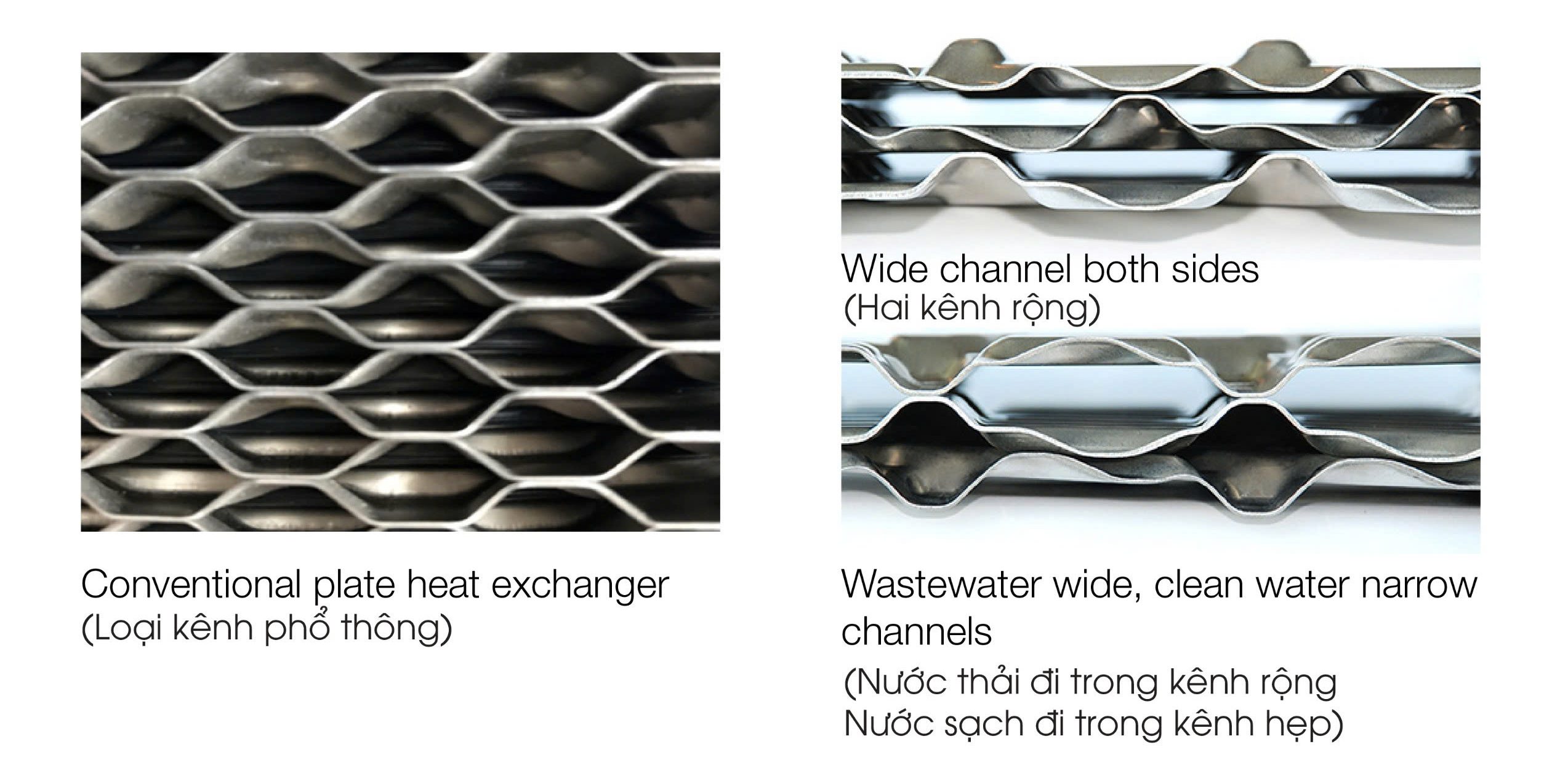
With an interplate gap of 11mm, Alfa Laval WideGap heat exchangers feature rectangular flow channels without contact points, allowing efficient heat recovery from wastewater containing particles, debris, fibers, and solids up to 5mm in size without clogging.
In the Alfa Laval WideGap plate heat exchanger, wastewater with impurities (at a high temperature) flows through wide channels, while clean water (to be heated) flows through narrow channels under turbulent flow conditions, enhancing heat transfer efficiency and improving overall system performance. The heat exchanger can operate for extended periods without maintenance, and when needed, a backflushing system can be employed for cleaning.
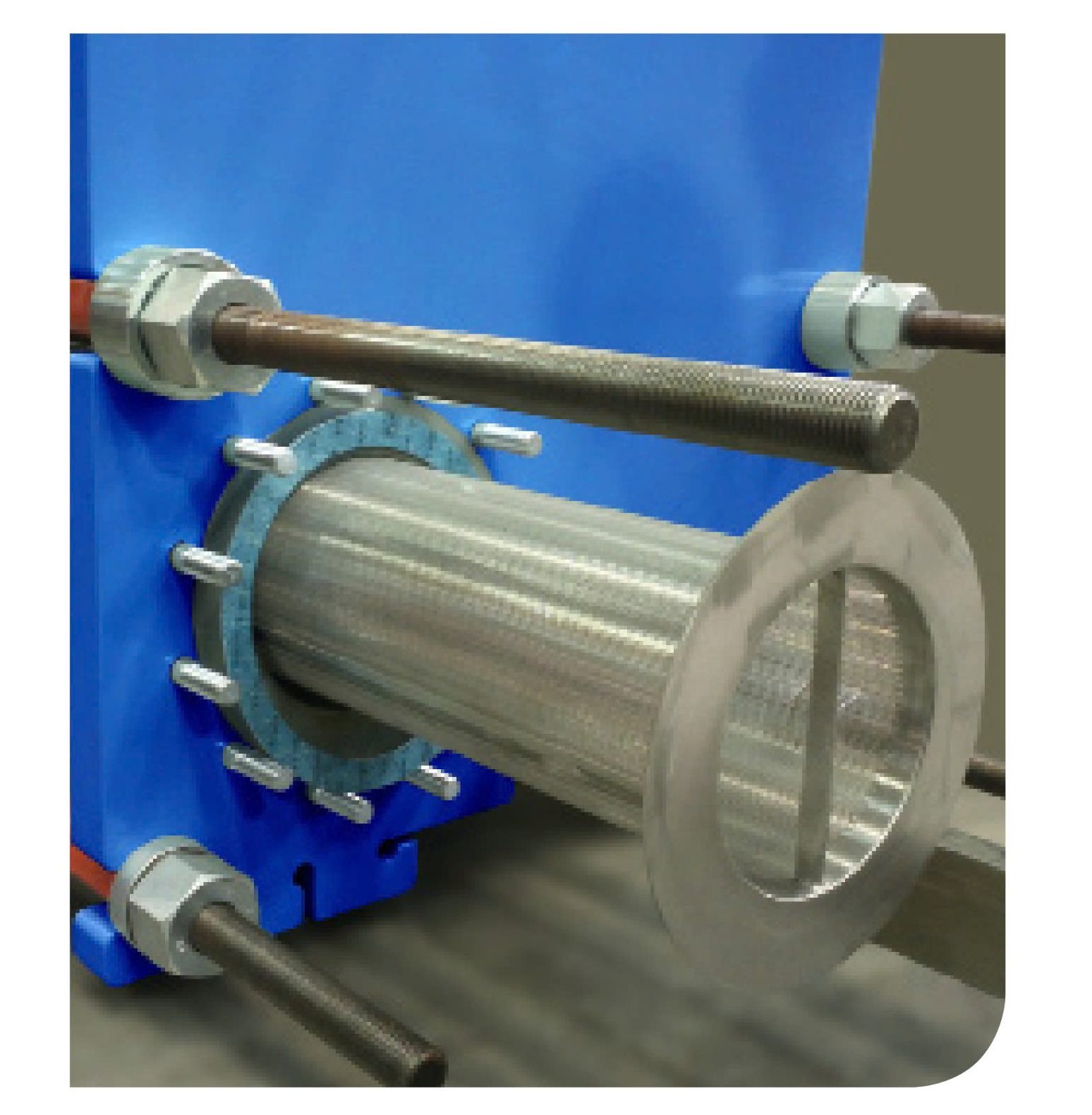
Backflushing is a convenient method for cleaning plate heat exchangers without disassembly. By installing appropriate inlet and outlet connections on the wastewater side, backflushing can be performed manually or automatically. The process can be initiated by monitoring pressure drops across the heat exchanger.
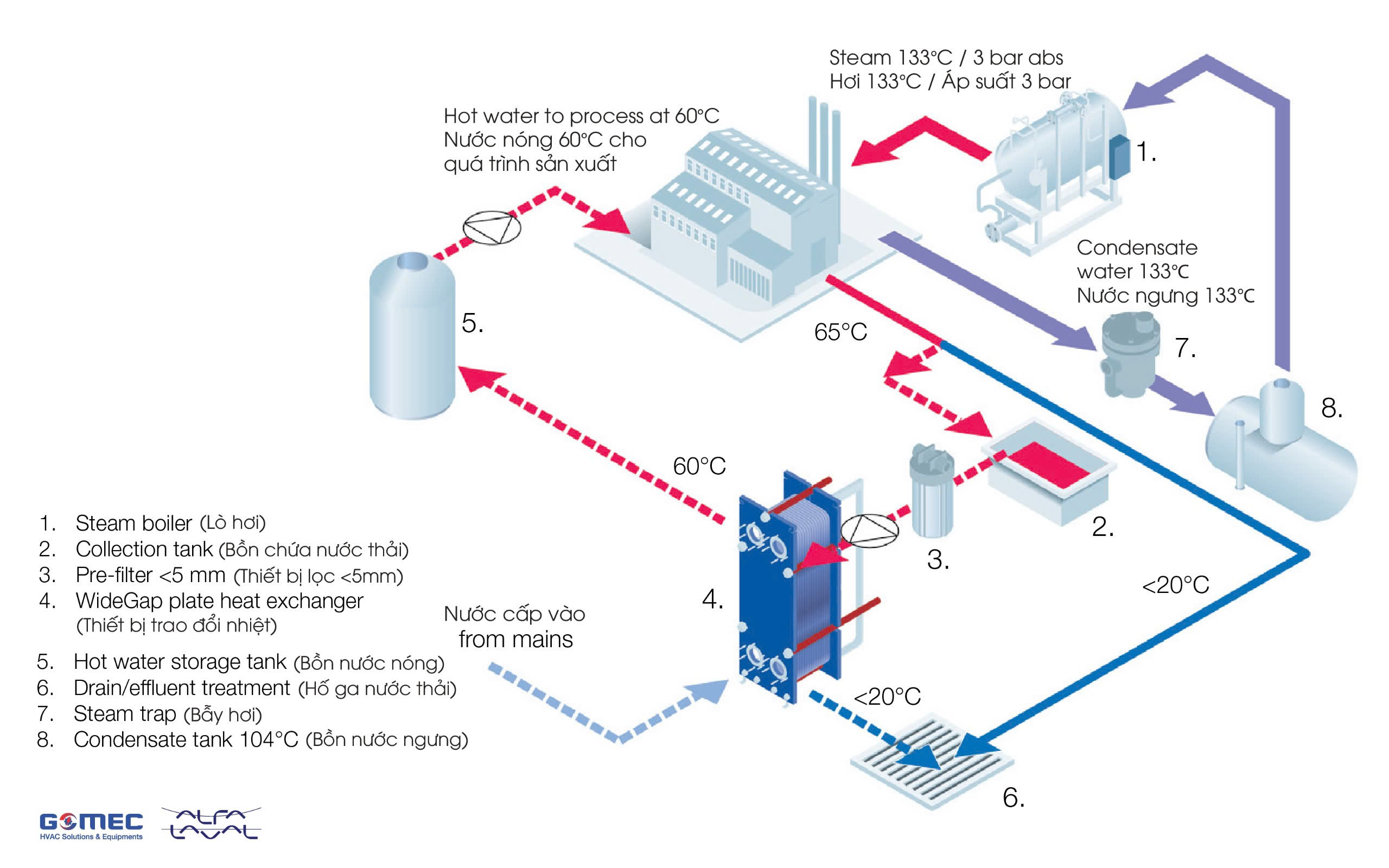
4. Enhancing Energy Efficiency
Many industrial plants use steam to generate hot water for production processes. Steam heating requires a certain amount of time to produce hot water, whereas Alfa Laval plate heat exchangers provide rapid hot water generation, improving process efficiency and increasing plant productivity.
Given these advantages, utilizing plate heat exchangers to recover heat from warm wastewater in factories and production facilities offers significant benefits, including cost savings and environmental protection.
- project@gomec.vn
- Hotline & Zalo 0379 586 886
- (+84) 024 3200 8920
- Gomec Vietnam
- Gomec Vietnam
Sustainability Solutions
Dunham-Bush Products
Mitsubishi Electric Products
Related Post
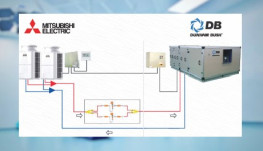
Integrated AHU-DX and CDU-VRF Solution

Heat Recovery From Warm Wastewater
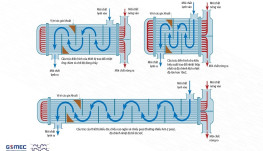
Shell-and-tube replacement with only dimensional data

Heat recovery from waste flash steam
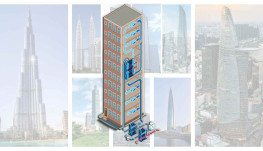

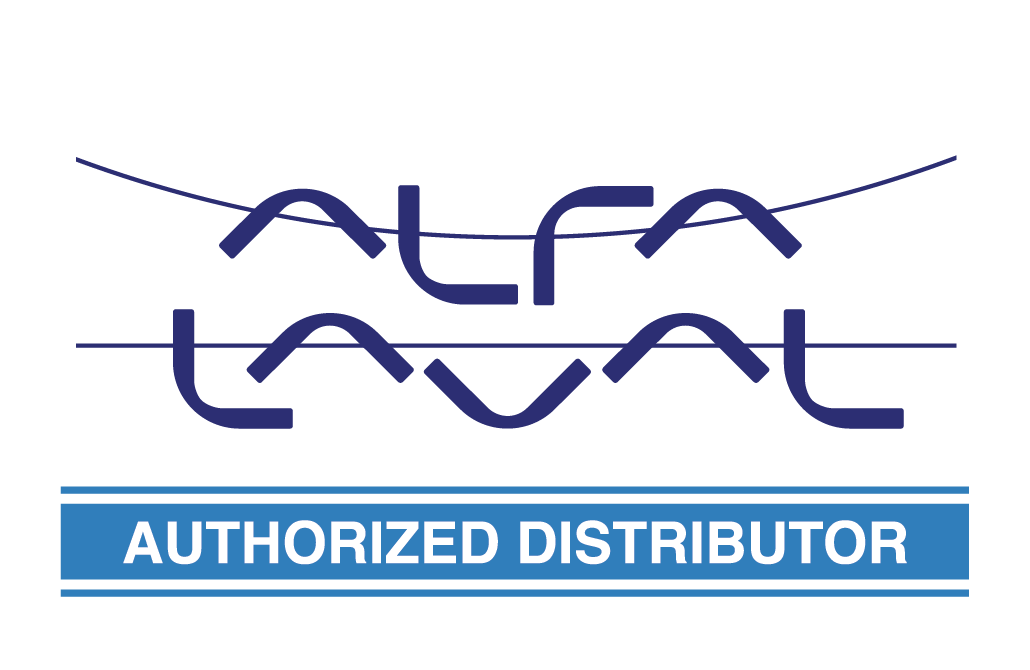



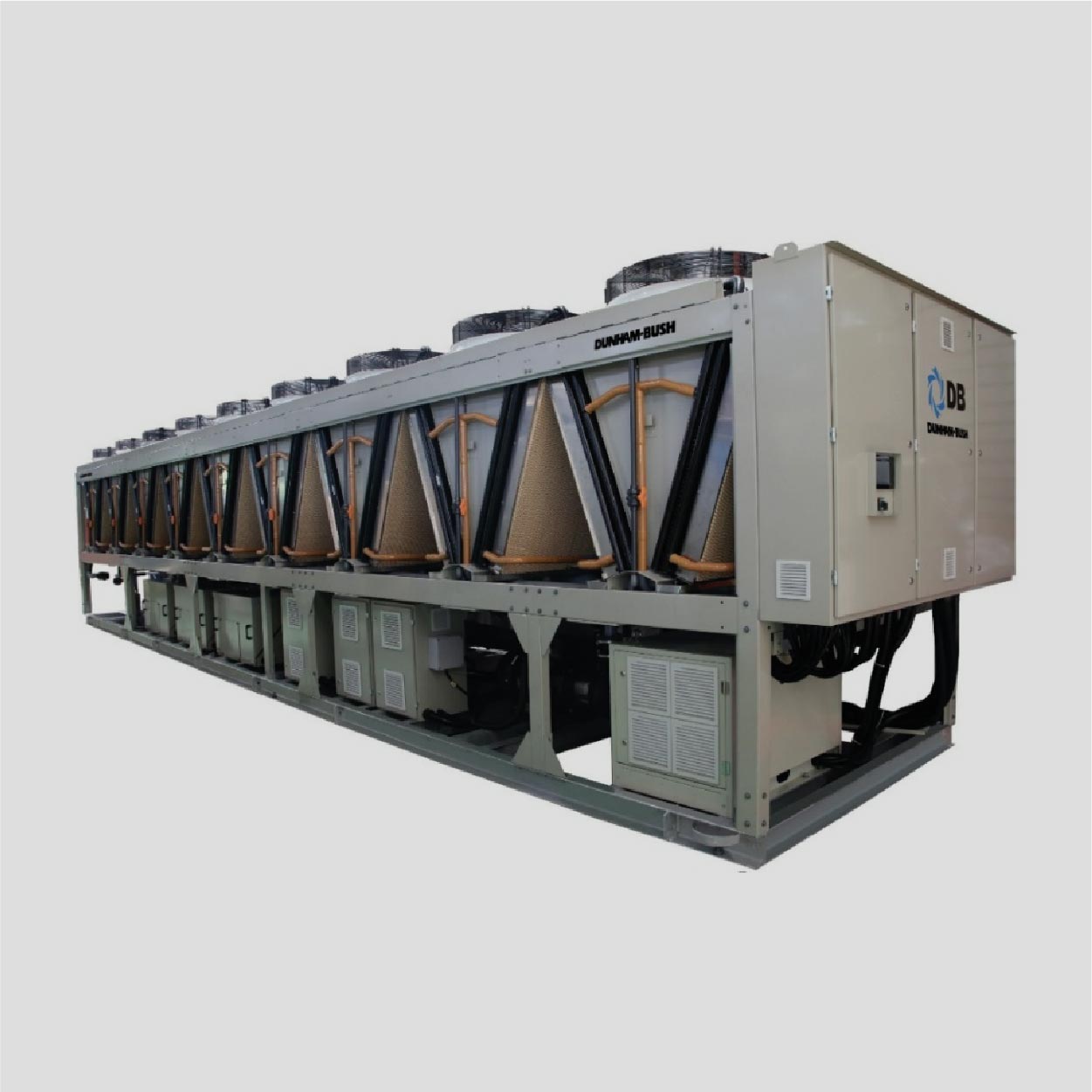

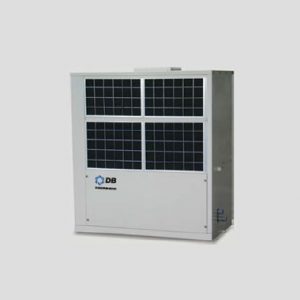
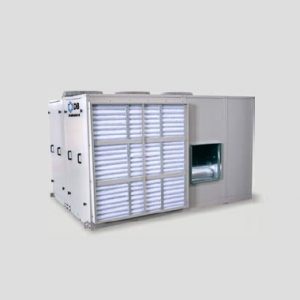

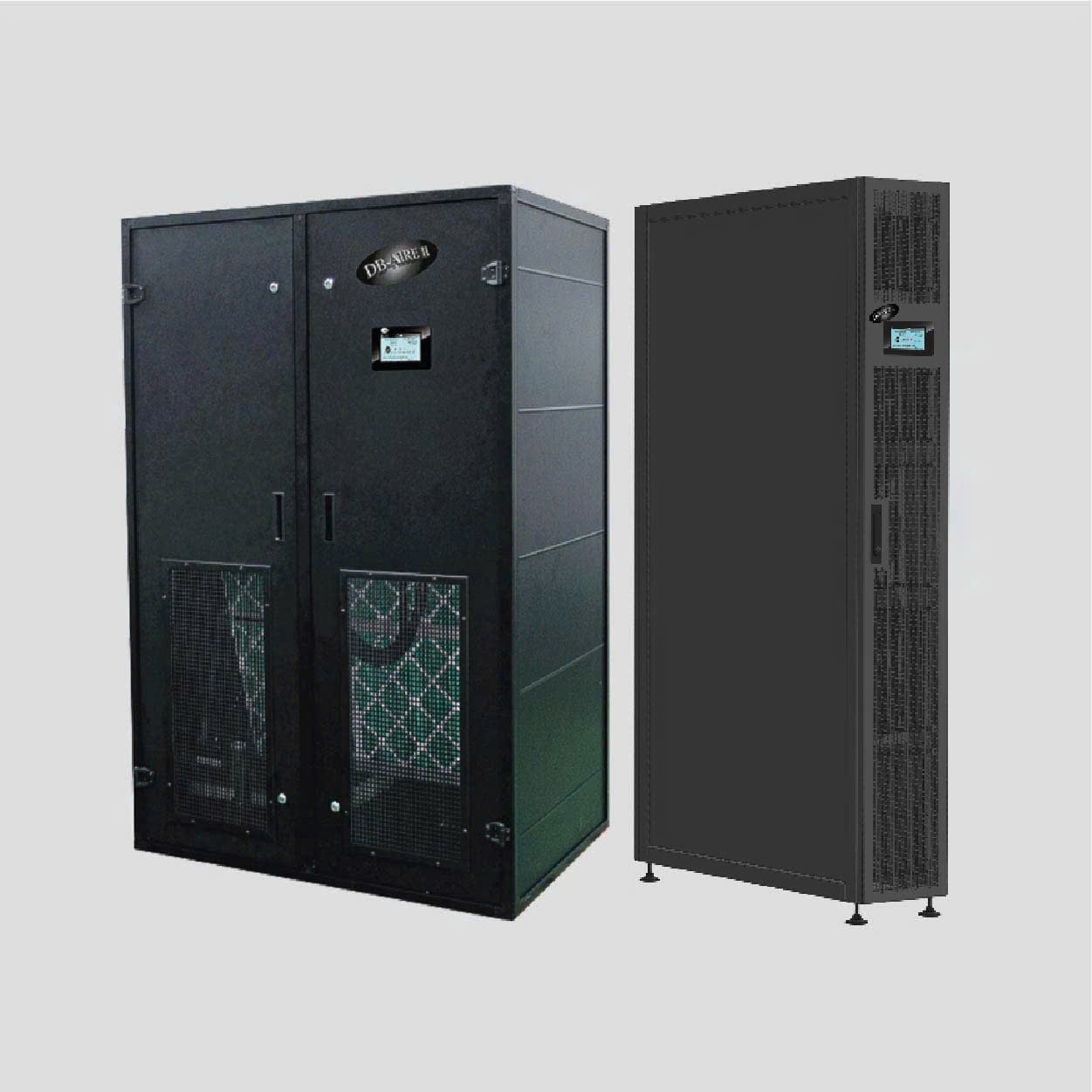
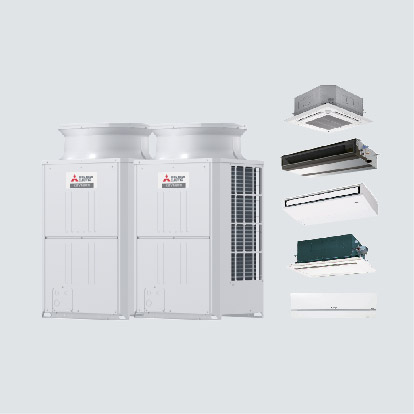
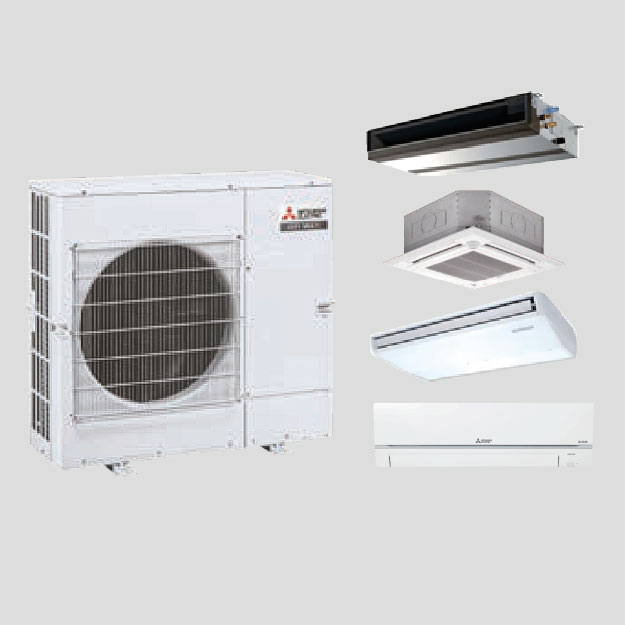
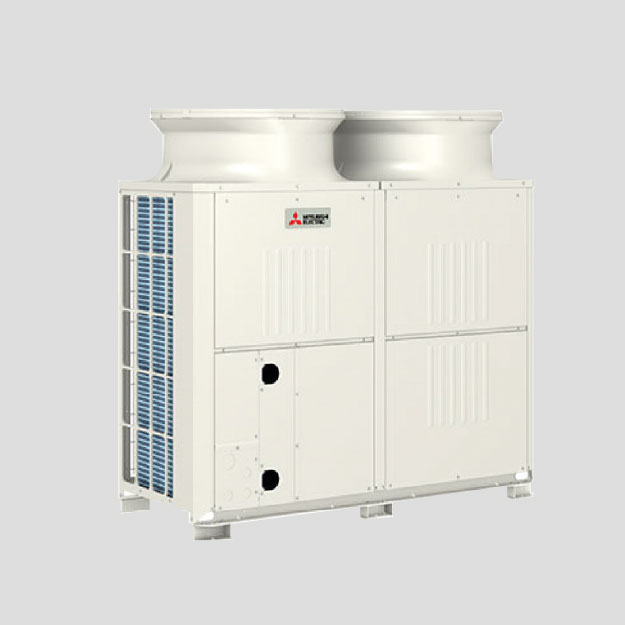
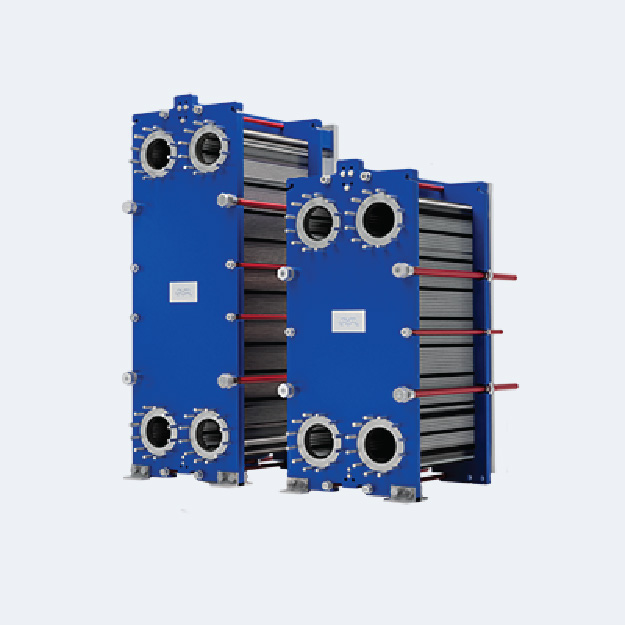
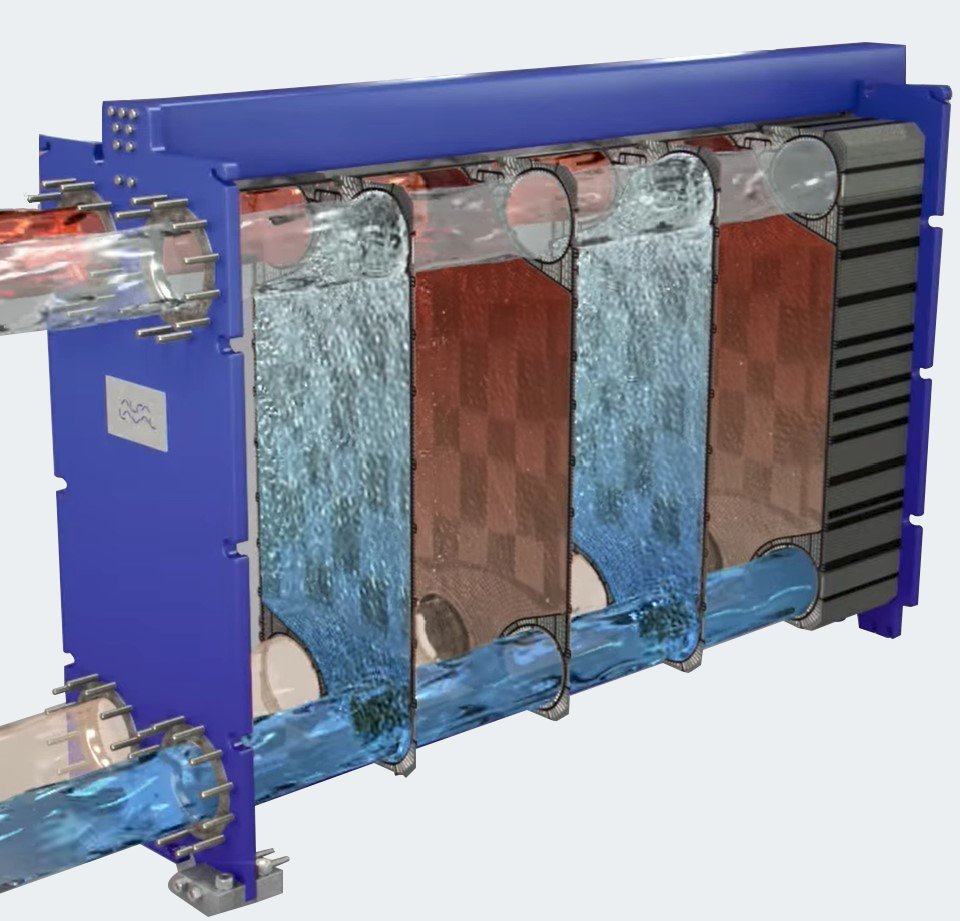
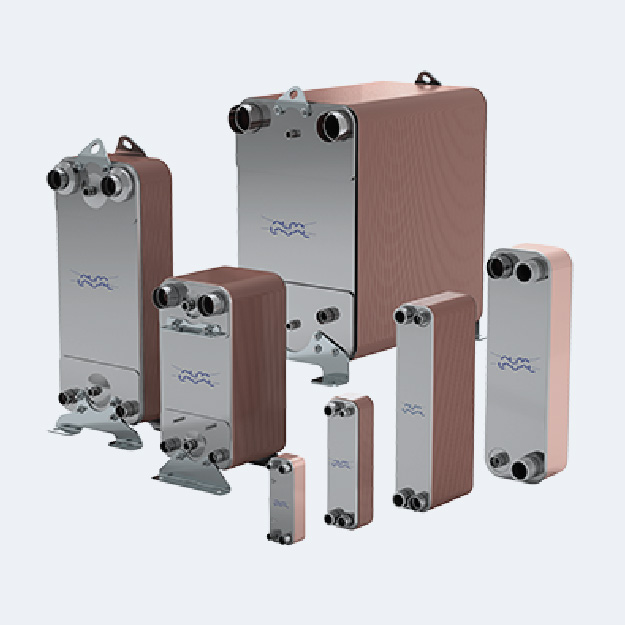

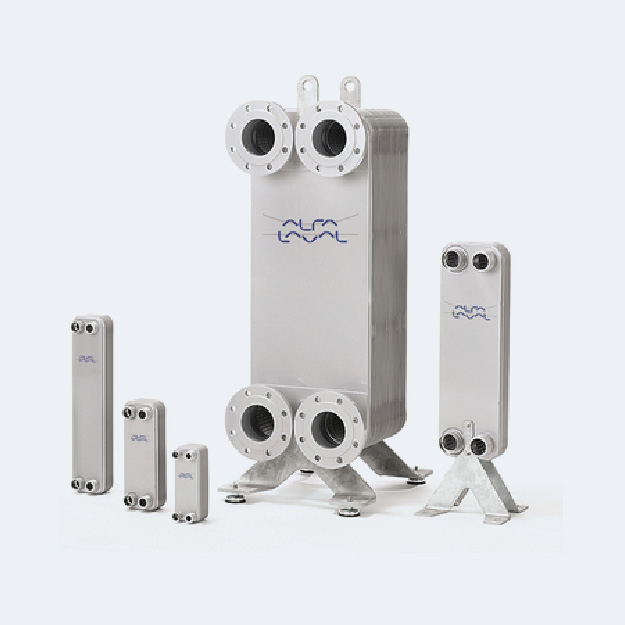
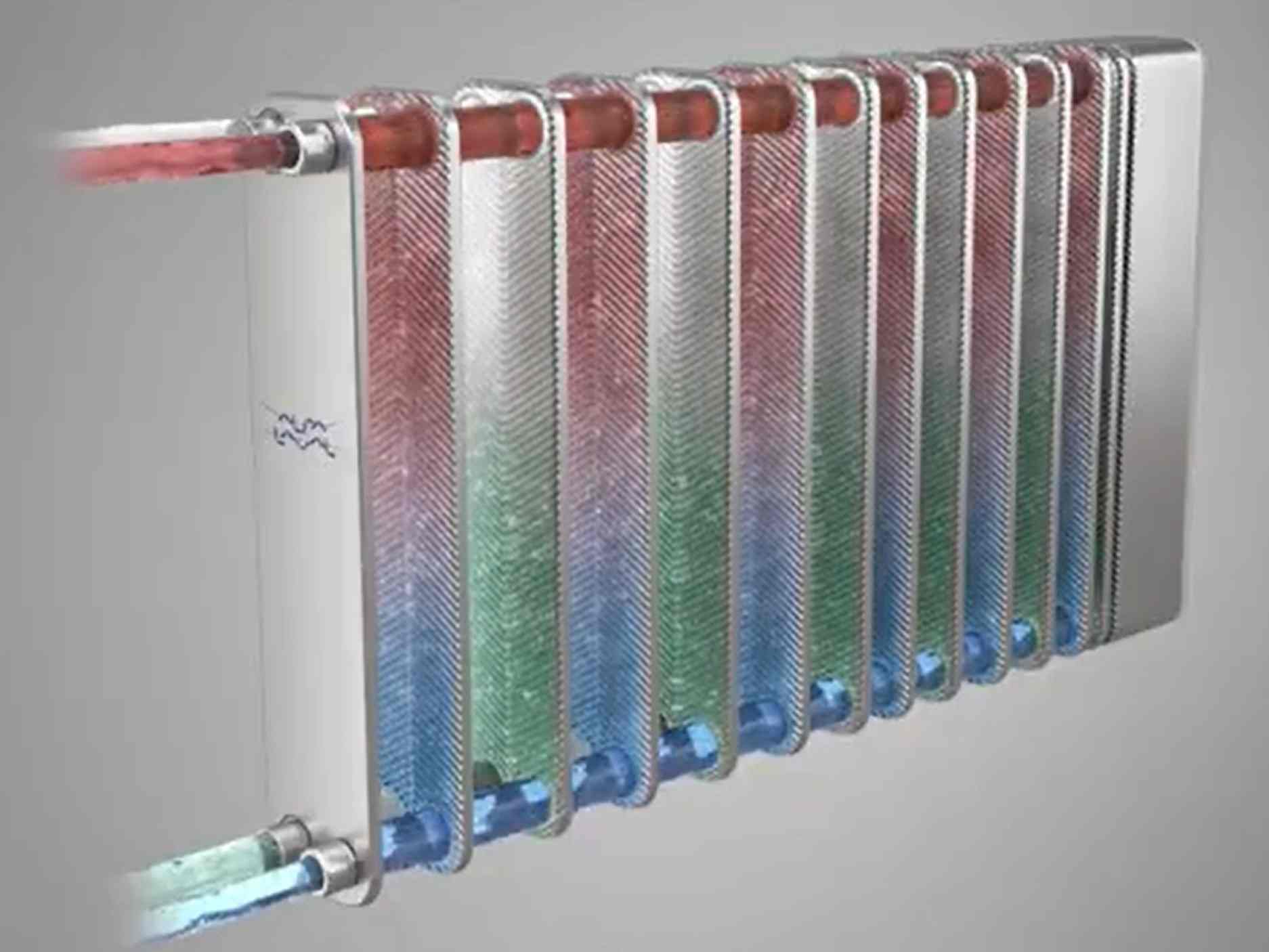




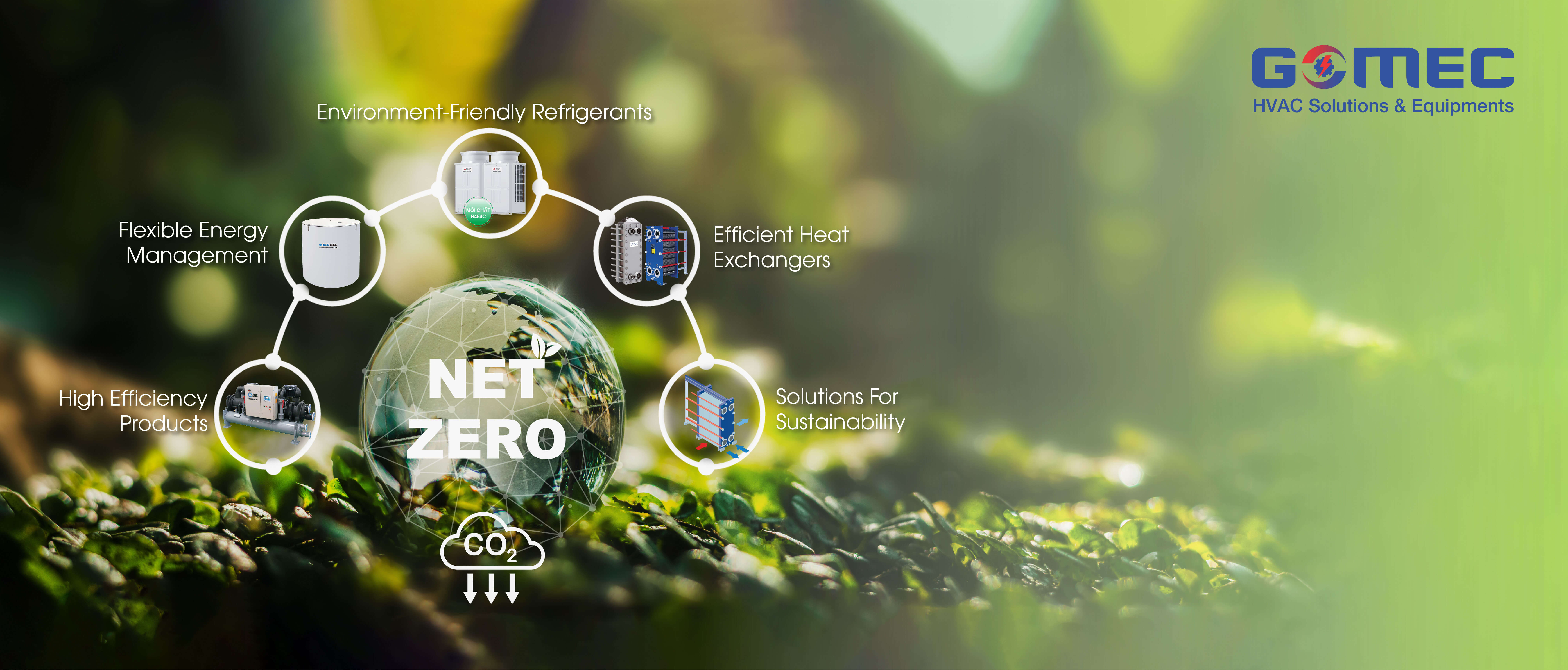






Leave a Reply